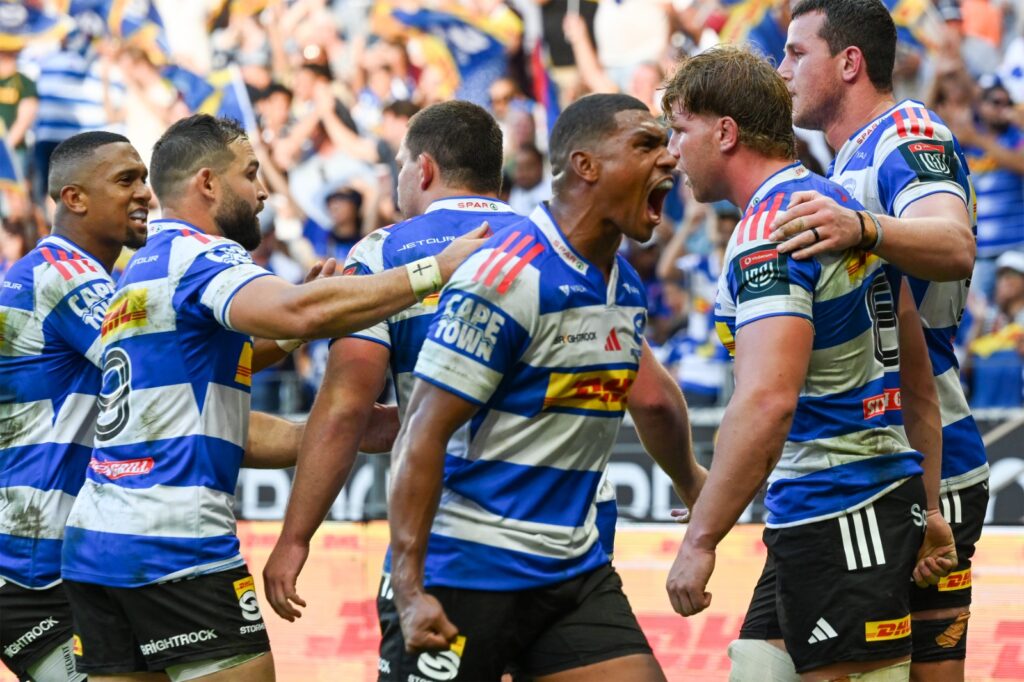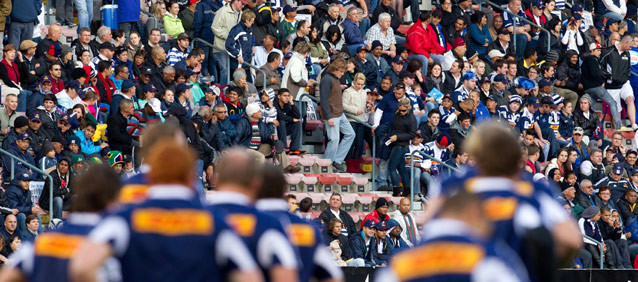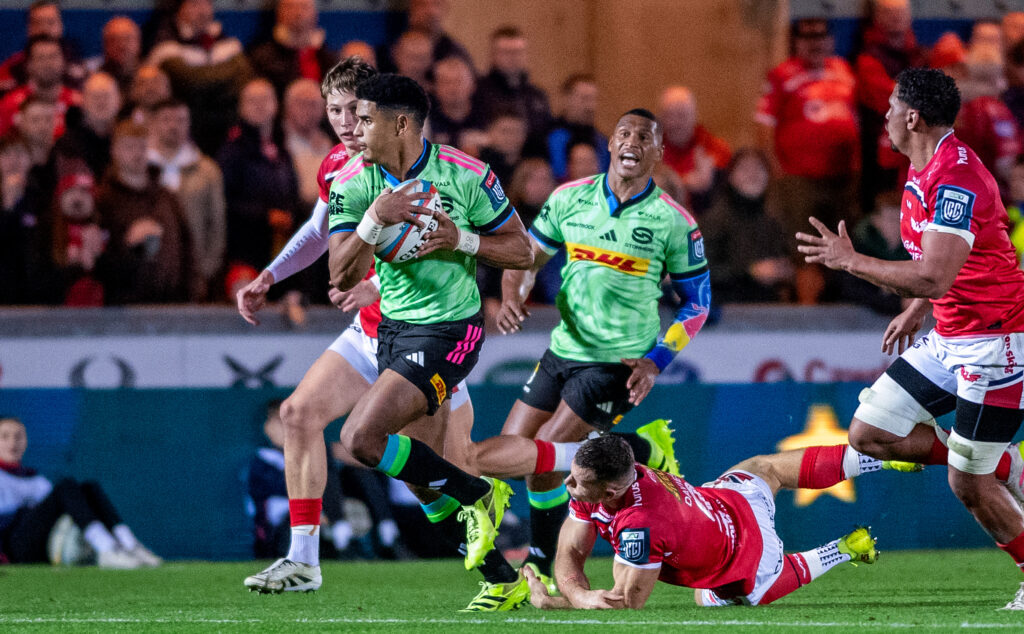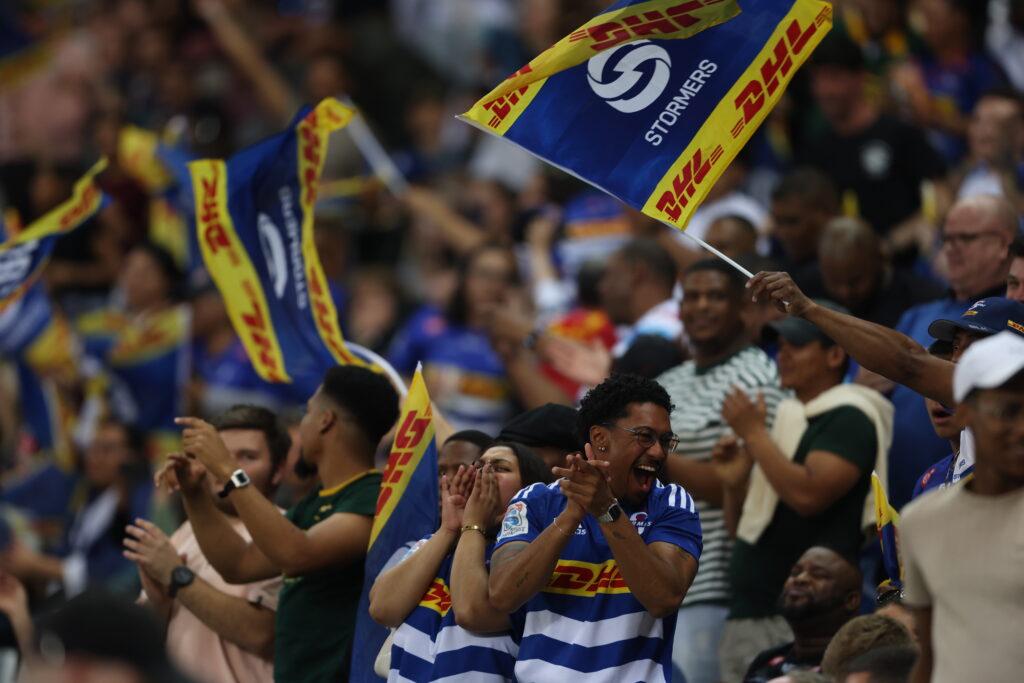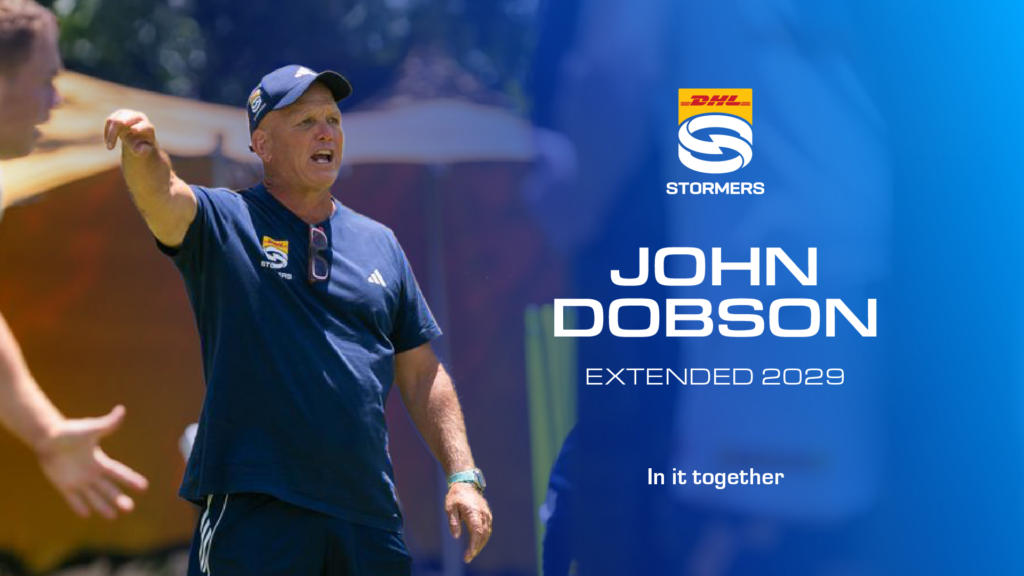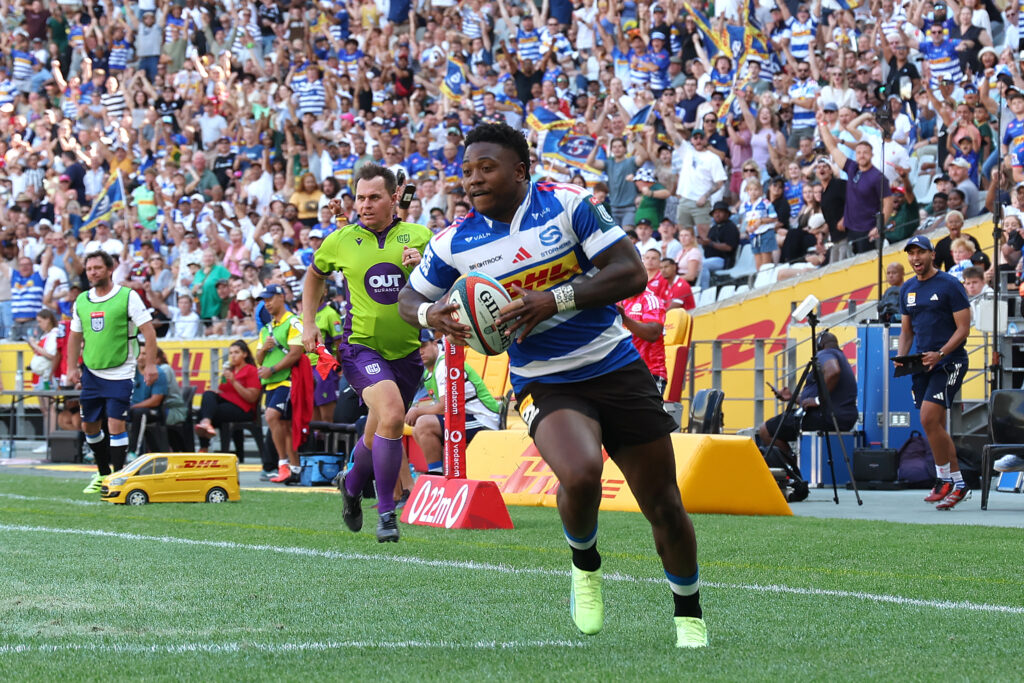In addition, players advancing from off-side positions during kicking phases will also be penalised to maintain the counter-attacking options for the receiving team.
Tournament officials in all three countries have been given a clear mandate to deal with these key areas in an effort to create clarity for players, officials and fans, and to enable the kind of rugby that Super Rugby fans have come to expect.
“There is total agreement between all three SANZAR countries that Super 14 rugby needs to return to its roots and deliver excitement and attack on the field and we believe these initiatives can help deliver a better game for everyone,” said SANZAR Referees Manager Lyndon Bray.
Mr Bray said the 2009 season review process brought out four major priorities, which coaches, players and referees have bought into, in order to help create some fundamental change to the game on the field.
“In the past two months, I have attended workshops in all three SANZAR countries with coaches and officials and everyone has responded positively to this approach.”
Referee performances will also be measured against these priorities throughout the Super 14 season which will guide the selectors in the appointment of officials as the Tournament progresses.
My Bray outlined the four key areas as:
Tackled Ball:
“The tackler, once hitting the ground in the tackle, must release the ball and the ball carrier. This gives the ball carrier a chance to ‘play the ball’, and will tidy up the tackle-ball area which has previously been weighted towards the tackler. As well, any player involved in helping make a tackle, who is in contact with the ball carrier when he is taken to ground, must then release the ball, before then attempting to contest possession, even if he is on his feet. This ensures that in Super 14, we are truly refereeing the Law at the tackle, and it provides the ball carrier with his rights, having been tackled. After this tackle, any player then on his feet, in a position of strength (his side of the tackle) may then contest possession.”
Scrum engagement:
“The scrum engagement must follow a true sequence, starting with all props required to touch, on the touch call. Props must also have their head and shoulders above their hips, and then hit straight on engagement. This enhances the chance of the scrum being contestable, and to stay up resulting in less resets.”
Players in front of the kicker:
“Players will be forced to comply with standing still or retiring in relation to being in front of the kicker. This will see referees calling for a player to stop advancing – if he continues to advance, he will be penalised and players must retire from within 10m of the receiver of a kick – otherwise an immediate penalty will be given where these players look to contest the kick. The objective is that this will improve the time and space for players to counter attack, when receiving kicks in general play, and reducing some of the aerial ping pong people we have been seeing in rugby.”
Formation of the maul:
“At the time that a maul is formed, players supporting the ball carrier will not be allowed to obstruct the opposition. This is intended to at least make the maul defendable at the set up stage.”
Mr Bray said these initiatives are a return to the laws of the game and do not represent any change in law, but are simply limiting room for interpretation and should create clarity and certainty for coaches, players, officials and fans.
Mr Bray and national referee managers in South Africa (Andre Watson) and Australia (Anthony Eddy) are available to brief media on these focus areas and any other law or officiating questions in the lead-up to the start of the 2010 Super 14 competition.
